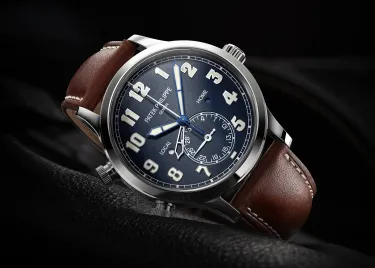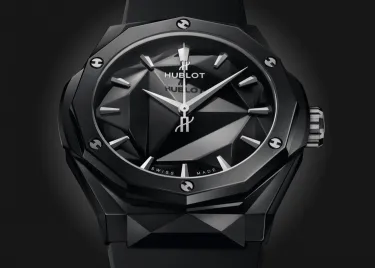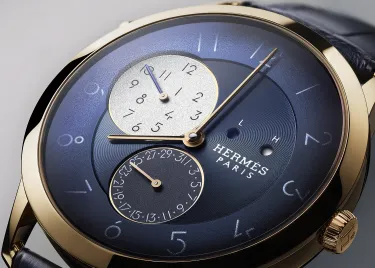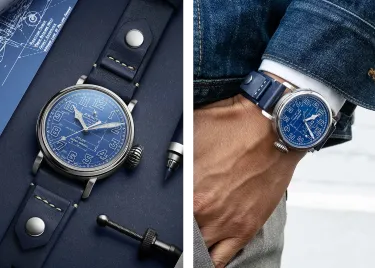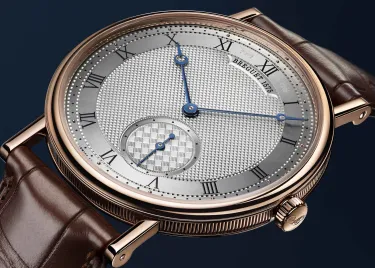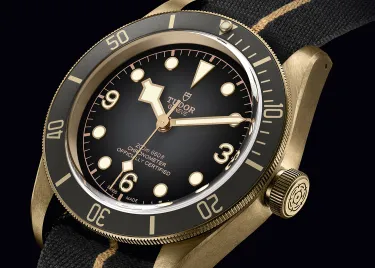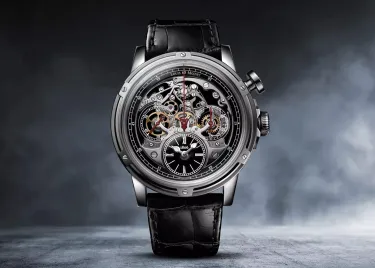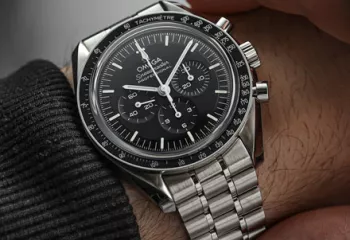Focus
Hands: on the cutting edge of time
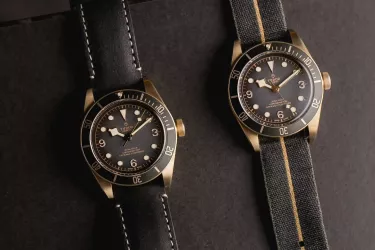
If we say that the dial is the face of a watch, its hands are obviously an essential component. Yet they are surprisingly often overlooked, even though without them, the watch loses all its usefulness. The point is to be able to tell the time, right?
Hidden talents
Most of the time, the only luxury the needle will have is to be "skeletonised" or "luminescent". Big deal! We don't dwell enough on these real little hands of time, so obvious is their role. And the brands that design and manufacture them are, for the most part, unknown to the general public. They are called Universo (Swatch Group, one of the European leaders in Swiss Made), Aiguilla SA, Estima, Fiedler (the oldest in the world, founded in 1848), Waeber HMS and GVA Montres. In France, La Pratique is located in Morteau. MPI supplies many Asian hands. Nobody knows them. They are bound by confidentiality contracts and, moreover, the great collectors are eager for multiple customisations... but never for the hands!
A centuries-old history
Yet, just a century ago, the hand was a decorative element in its own right, in the same way as the indexes, the crown, or any other element that we group together today under the theme of decoration.
The hands of pocket watches and the first wristwatches were very elaborate. Most of them were called "cathedrals", because of the many spaces filled with radium that evoked the stained glass windows of the holy building. Today, radium is no longer used, but cathedral hands are still very popular in reissues inspired by the 1920s to 1940s (see for example the 5524G Calatrava Pilot Travel Time).
With the First World War, the watch regains a utilitarian function and the hand follows, in order to be visible in all light conditions. It became wider, sometimes with a square end, so that it could be stamped and filled more easily, in large series. The Second World War confirmed this trend and it was not until the 1950s and 1960s that the aesthetic factor took over.
From the Dauphine to the Glaive
It was during these two decades that the most typical profiles of the needle took shape and which still structure the market today. The best known (and the one you may be wearing without realising it): the Dauphine. Fine point, no counterweight, a bevelled profile that allows for polishing and/or Super-LumiNova: the Dauphine is the aesthetic signature of the watches of the 50's and 60's, and it can be found today notably at Hublot . Its wider variation is called Glaive, as found at Cartier or, even more pronounced, on the seconds hand of Breitling's SuperOcean Heritage . Its finest variation is called "Bâton". This is a simple segment, straight, without relief, extremely minimalist - most often for brands that are no less so, such as Nomos, Chanel or, more playfully, Hermès.
The other major profile is the "Leaf" hand. A slender point, widened at the hips, before tapering again to the barrel where it is driven out: no doubt about it, the "Leaf" is inspired by feminine curves! It gives the watches a very slender character, which gives them a certain grace. They can be found at Frederique Constant , for example.
Trademarks
Several watchmakers have nevertheless built or used hand profiles that they have gradually appropriated. The best known is Breguet, with its "hollowed apple" hands. Hand-blued and ending in an empty circle, it is a hallmark of the manufacture. Even though it has fallen into the public domain, the "hollowed apple" hand remains and will always remain a "Breguet hand". Other brands, such as Urban Jurgensen, use it almost systematically.
At the same time, some companies have developed not a hand profile of their own, but a unique counterweight: the "B" of Breitling , the "H" of Hublot , the flake at Montblanc, the T at Tissot, the Cobra on the Capeland Shelby of Baume & Mercier, the star of Zenith, the alpine triangle of Alpina , even an aeroplane silhouette at Bell and Ross ! There is plenty to see!
Less distinctive but just as recognizable: the "Snowflake" hand. The image of the square snowflake remains a mystery - you will agree that you don't see them very often - but one brand, Tudor, has made it one of its signatures. The same goes for the "Heart" hands that marked the beginnings of Speake-Marin and that we find on the last Reine de Naples of Breguet, or the rare "Serpentine" hand that we still find at Jaquet Droz. Let us note in the same way the "Pointer Date" hand dear to Oris, finished by a red crescent (or a triangle), rare and almost exclusively used by the Holstein company. On the independent side, Louis Moinet has developed "Goutte de rosée" hands that have become its signature.
And even if the latest smartwatch models can do without a hand, this one has not said its last word!
